
Every year in December households around the world undergo a magical transformation, filling their living spaces with twinkling lights, colorful ornaments, and, of course, the star of the show, the Christmas tree.
While the tradition of decorating trees during the festive season is ancient and deeply rooted in various cultures, the evolution of the artificial Christmas tree is a relatively modern phenomenon that has captivated the imagination of millions. We’ve just taken our tree down from the shoppe window to put up a new display and it got me thinking about the fascinating history behind this beloved symbol of holiday cheer.
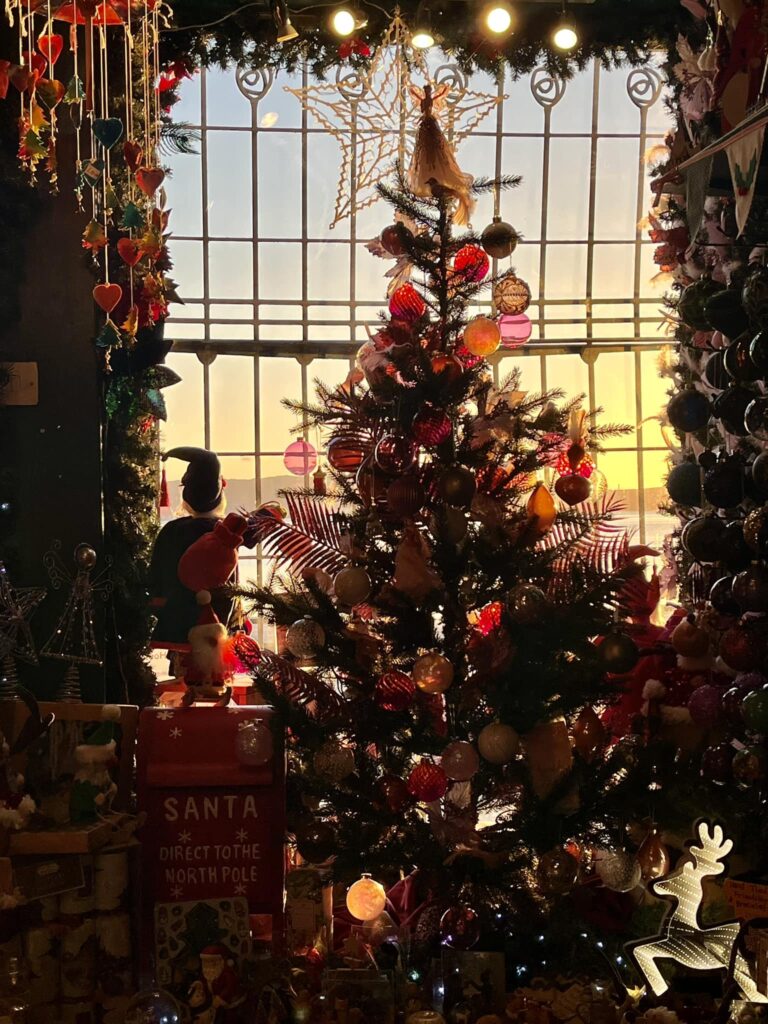
The origins of the Christmas tree can be traced back to ancient civilizations such as the Egyptians, who adorned their homes with green palm leaves during the winter solstice as a symbol of life’s triumph over death. Similarly, the Romans celebrated Saturnalia by decorating their homes with evergreen boughs, a practice later adopted by Christians as a representation of everlasting life through Christ.
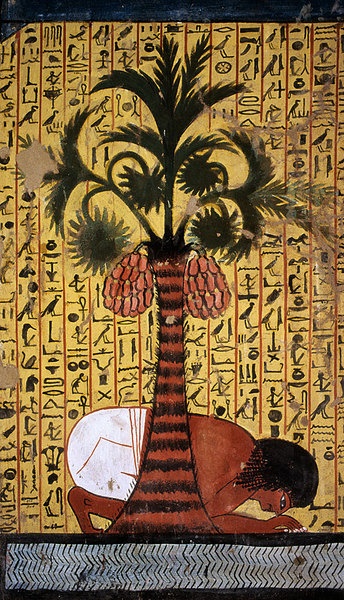
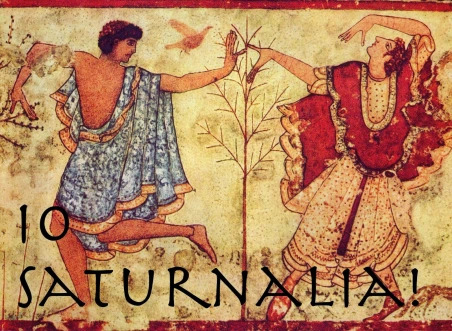
However, the tradition truly took root in Germany during the 16th century, where devout Christians decorated trees with candles to symbolize the light of Christ. This custom gained popularity throughout Europe and eventually crossed the Atlantic to North America with European immigrants, where it merged with indigenous traditions to become an integral part of Christmas celebrations.
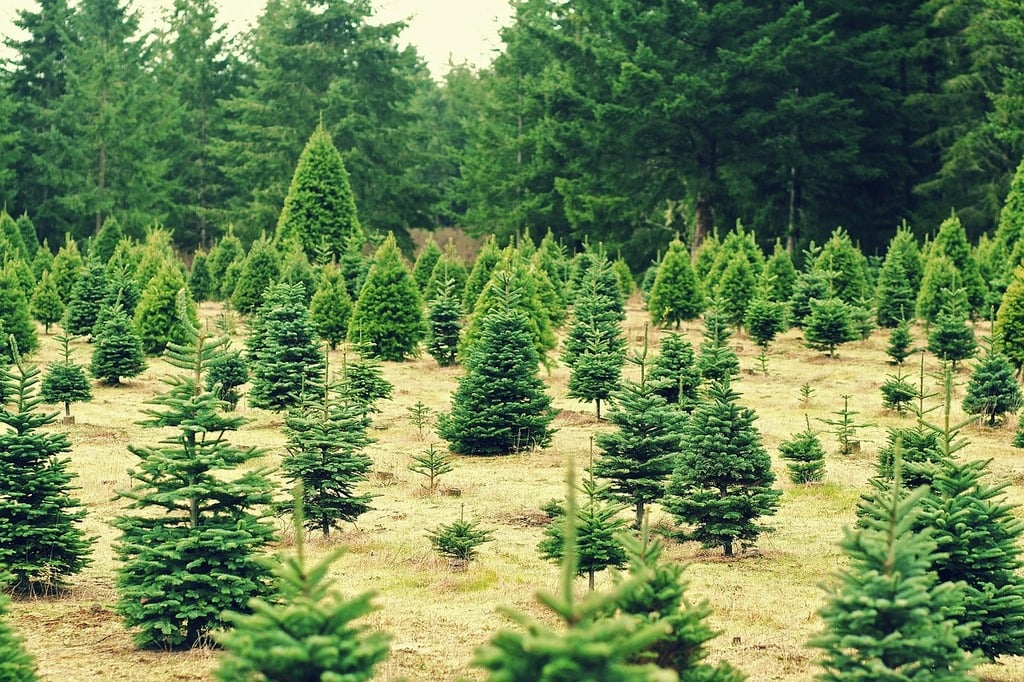
For centuries, natural evergreen trees were the only option for festive decorations, but everything changed in the 19th century with the advent of industrialization. As urbanization soared and the demand for Christmas trees grew, entrepreneurs sought ways to meet this demand more efficiently. Enter the artificial Christmas tree. 🎄
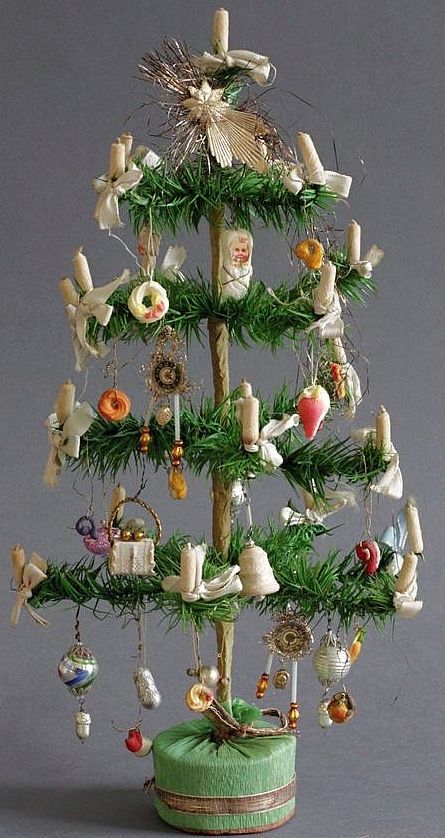
The earliest artificial trees were constructed from dyed goose feathers, a practice that originated in Germany in the 19th century. These feather trees, as they were called, were crafted to resemble their natural counterparts and gained popularity among affluent families who sought a reusable and fire-safe alternative to real trees.
However, it was not until the 20th century that artificial trees truly began to flourish, thanks to advances in manufacturing technology and materials. In the 1930s, the Addis Brush Company, a toilet brush manufacturer based in the United States, revolutionized the industry by producing artificial trees made from bristles salvaged from their brush-making process. These early artificial trees were not as lush or realistic as their modern counterparts, but they marked a significant milestone in the evolution of the artificial Christmas tree.
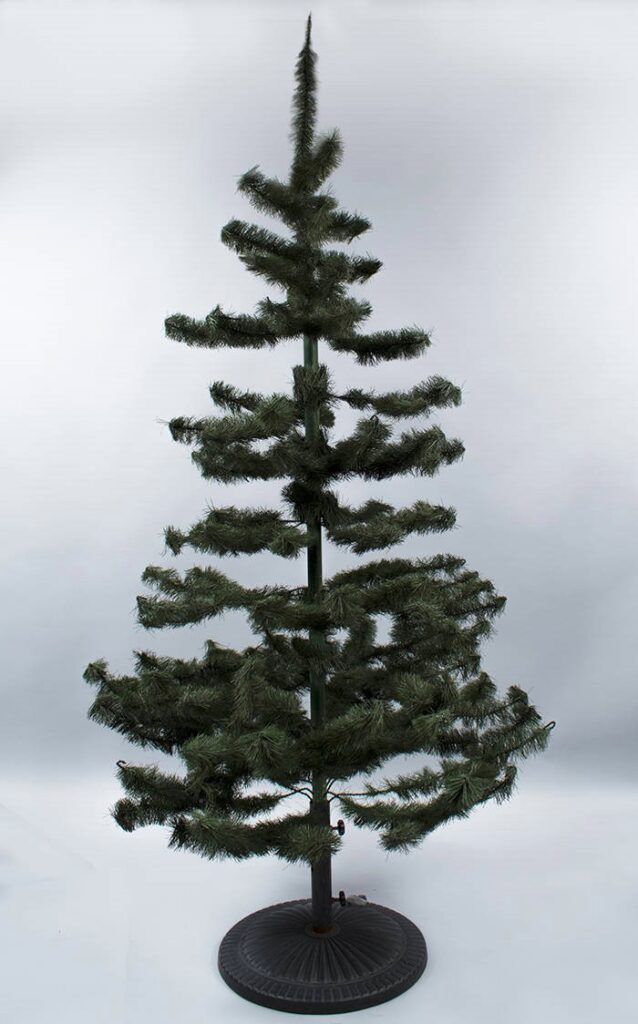
Throughout the mid-20th century, artificial trees continued to evolve, with manufacturers experimenting with different materials such as aluminum, plastic, and PVC to create more lifelike and durable designs. By the 1960s, aluminum trees adorned with colorful rotating lights became all the rage, epitomizing the Space Age aesthetic of the era.
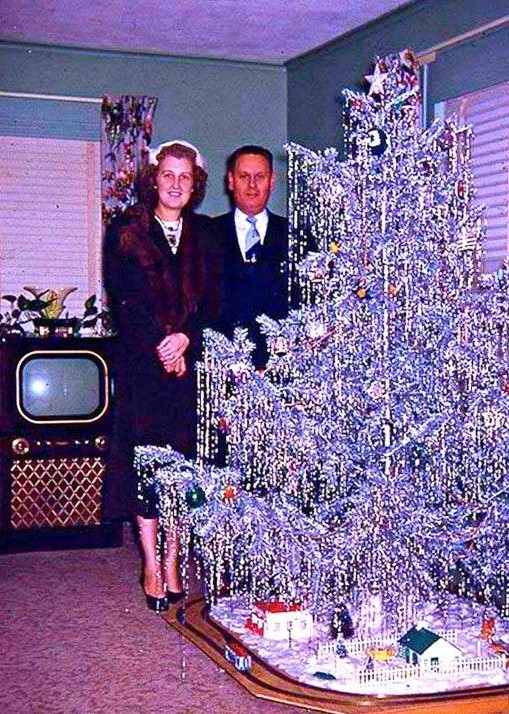
In the ensuing decades, artificial trees became increasingly sophisticated, featuring realistic foliage, pre-lit designs, and innovative assembly mechanisms that made them more convenient and user-friendly than ever before. Today, artificial Christmas trees come in a dizzying array of shapes, sizes, and styles, ranging from traditional evergreen replicas to whimsical designs inspired by nature and fantasy.

The rise of the artificial Christmas tree has sparked debates among purists who argue for the authenticity and charm of real trees, but its popularity continues to soar for several compelling reasons. Unlike natural trees, artificial trees are reusable, eco-friendly, and pose minimal fire hazards, making them a practical choice for environmentally-conscious consumers and those with safety concerns.
Artificial trees also offer unparalleled convenience, allowing busy families to enjoy the magic of the holiday season without the hassle of watering, shedding needles, or disposing of a bulky tree once the festivities are over. With proper care and storage, an artificial tree can last for many years, becoming a cherished heirloom that is passed down from generation to generation.
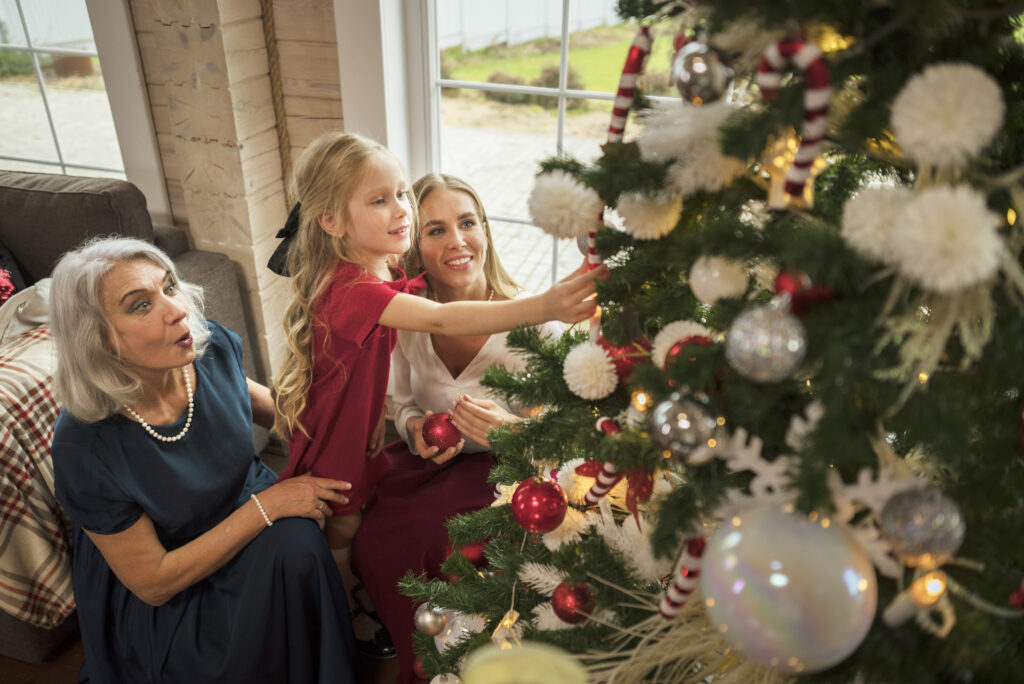
The artificial Christmas tree is a testament to human ingenuity and creativity, showcasing how a humble household decoration has evolved into an iconic symbol of holiday joy and togetherness. Whether adorned with twinkling lights and beautiful baubles or left unadorned as a simple yet elegant centerpiece, the Christmas tree continues to enchant and inspire people of all ages, bridging the gap between tradition and innovation in the timeless spirit of Christmas.

